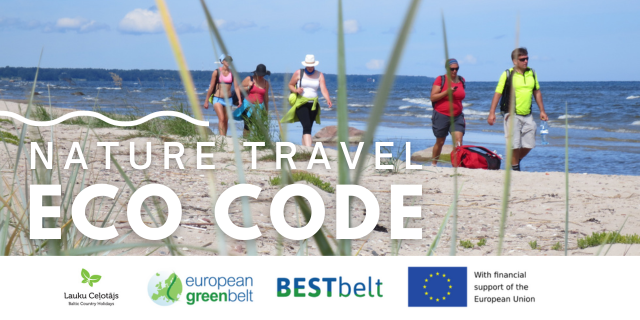Atkarpa 62. Hiiumaa sala.
 Verta pamatyti
Verta pamatyti
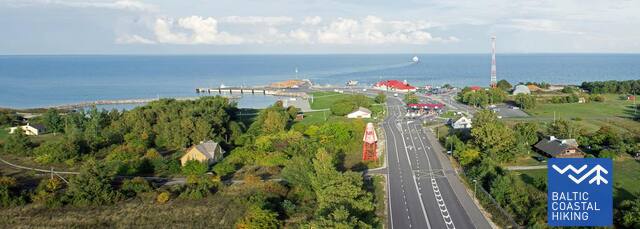
|
The principal task of Heltermaa Harbour is to receive and service liners on the Heltermaa-Rohuküla route. In addition there are also conditions in the Harbour for receiving and fast and high-quality servicing of cargo and passenger ships.
Heltermaa Harbour can also receive yachts with a maximum draught of 2.8 meters. There is a hotel, an information point, a store selling handicraft and a bar in the Harbour.
State Port Register
|
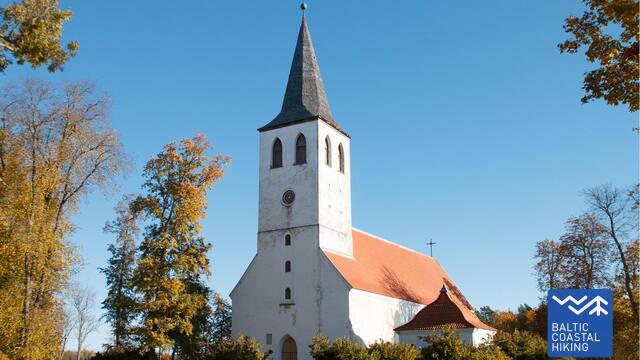
|
The Pühalepa Church is Hiiumaa’s oldest stone church. In 1255, the German Order started the construction of a stone fortress-church. Initially lacking a steeple, the arched stone church was completed in the 14th century; construction of the steeple started in 1770. After it renovation in the 19th century, Crosses of Malta were painted on the walls that are primarily associated with the membership of the Ungern-Sternberg family members in this Order.
Interesting fact:
One of the inauguration crosses has survived on the wall of the choir room.An unusual stone pulpit was given to the Pühalepa Church by the Hiiesaare manor lords, the Gentschiens in 1636.The burial chapel of the von Stenbock family is in the churchyard.
|
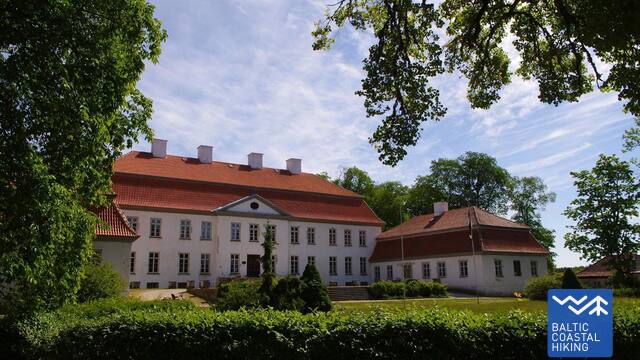
|
A manor complex in Baroque style with a museum, decorative garden and park. |
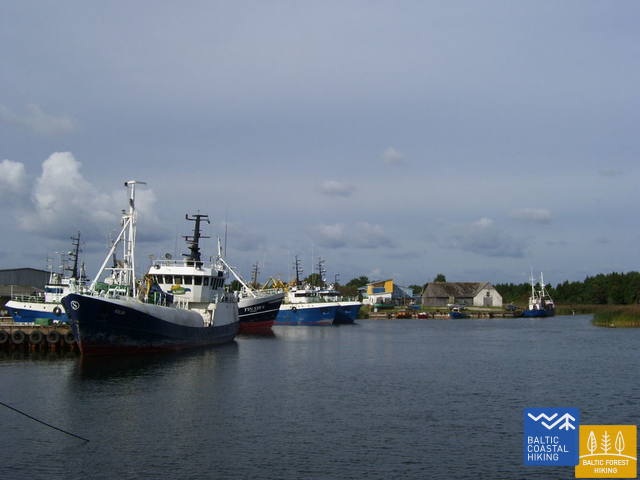
|
An Old Fishing Port and Barn. |
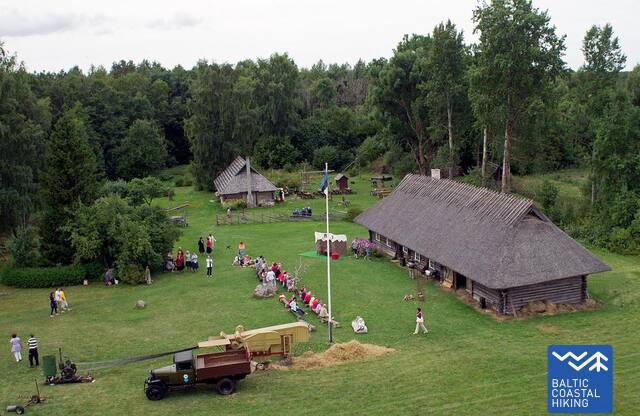
|
A typical 19th century Hiiu farmstead. |
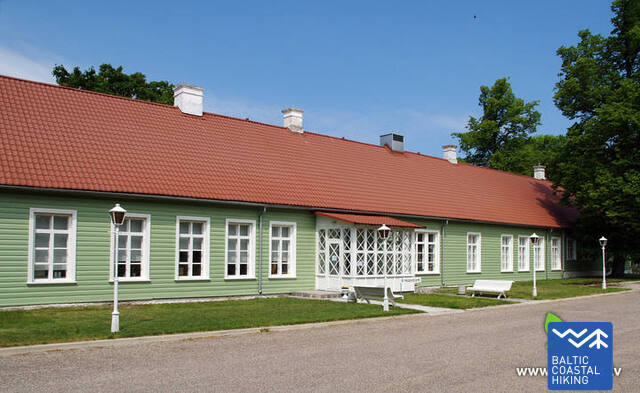
|
It introduces you to the history of the island and the development of the textile factory. |
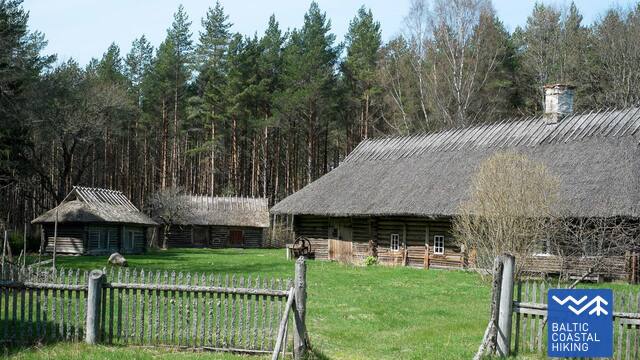
|
Mihkli Farm in Malvaste village is an excellent example of the rural architecture of Northern Hiiu County. The buildings are mostly from the 19th century and there, visitors can get to know the local construction practices and household items. |

|
Come and discover the tallest cast-iron lighthouse on the Estonian coast! Tahkuna Lighthouse, located on the Tahkuna Peninsula at the northern tip of Hiiumaa, was built in the second half of the 19th century. The tower, which is made of cast-iron plates in France, is 42.7 meters above sea level. A metal spiral staircase leads to the top of the lighthouse, where you can access the outer circular balcony. This balcony offers a magnificent view of the land and the sea, and its lacy lattice floor creates excitement and a little trepidation. In summer, a small café and souvenir shop are open at the base of the tower. A seaside walking trail with audio benches begins at the tower. |

|
The exhibition consists of ammunition to coastal artillery, and military hikes are also organized. |
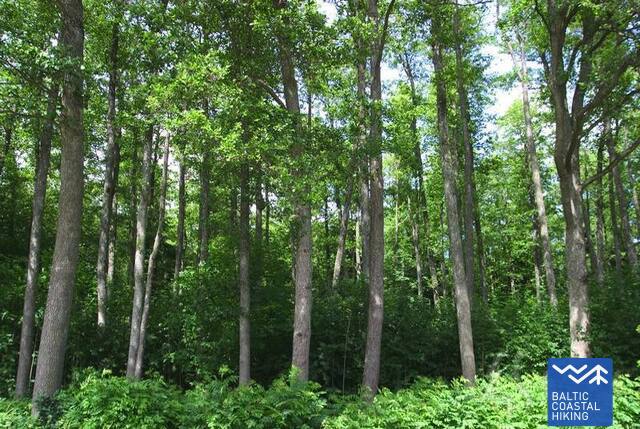
|
Luidja alder forest may seem like an average black alder forest to everyday passers-by as you can find these trees elsewhere in Hiiumaa marshes and stream banks. But in fact this is an area which has more than a hundred year history in experimenting with fixating unique dunes. The alder forest was first established due to the need to protect the beach road of Luidja and the nearby fields and meadows from blowing sands. The alder forest was established by Karl Friedrich Vilhelm Ahrens (1855-1938) who was born in Germany in Meclenburg-Schwerin. He studied forestry in Rostock and Greifsvald. Ahrens established the alder forest in order to fixate the sand dunes in 1901-1903.
|
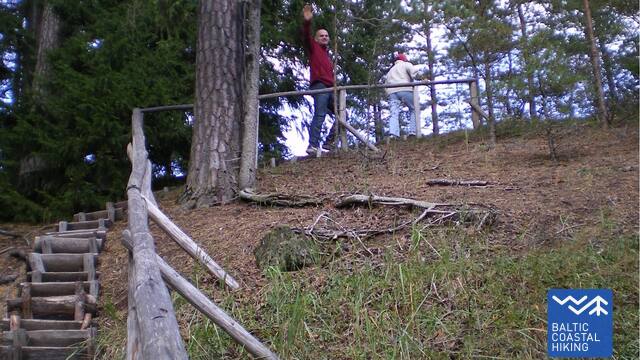
|
A circular trail with stairs and sightseeing platforms. |
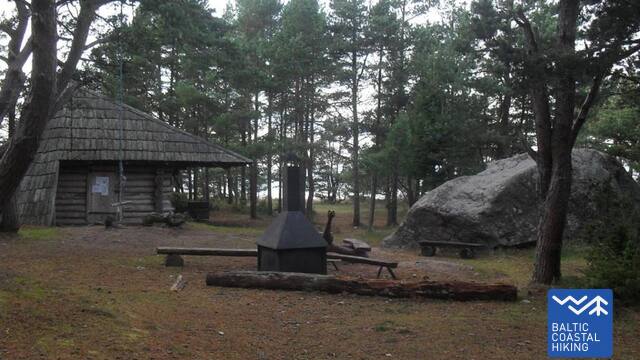
|
The trail passes across a steep bank that was a witness to the Ice Age. |
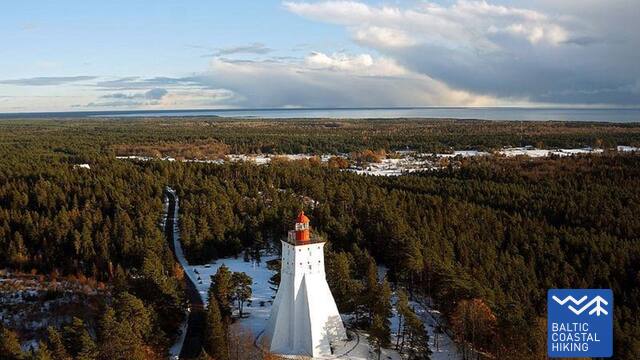
|
The history of the oldest lighthouse not only in Estonia, but anywhere in the Baltic States and indeed on the Baltic Sea, stretches back 500 years, when landmarks were needed to guide ships in the Hanseatic League. The most important east-west trade route in Northern Europe passed the island of Hiiumaa and merchants complained of ships being lost on the Baltic Sea. This led to the construction of the lighthouse at Kõpu to warn ships of the low waters off the island. |
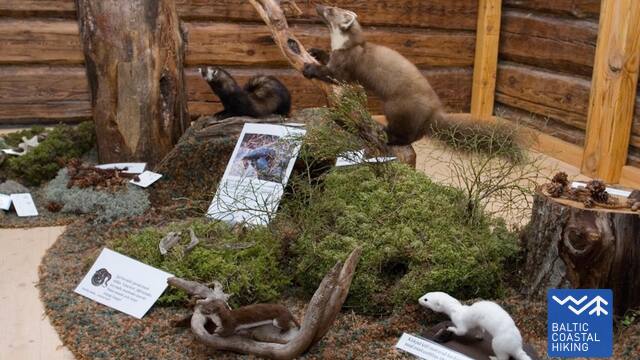
|
An exhibition of sea waste gathered on the beach. |
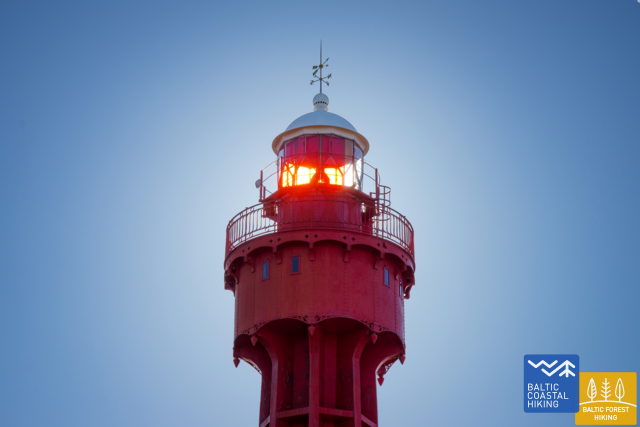
|
The Ristna Cape lighthouse was constructed in 1874 from parts manufactured in France. There is a small cafe at its foot, open summer only. |
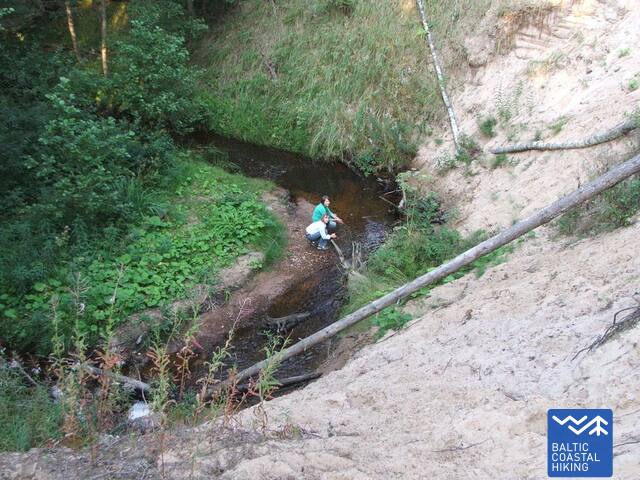
|
Vanajõe valley is a place that confirms that Hiiu County has it all: rivers, lakes, hills, and valleys. The valleys, in particular, seem quite unusual in this environment, because it seems impossible to go below sea level on such a flat landscape. Nevertheless, the valley with its high sandy banks and mysterious brownish water is a true treasure. The running water has shaped a deeper and more natural base for itself in the soft sandy soil.
February daphne grows profusely here, the sea trout comes to spawn here, and the European weasel tries to regain a foothold. Coloured earth has also been found in the Vanajõe valley, which was dissolved in water and used for painting houses. |
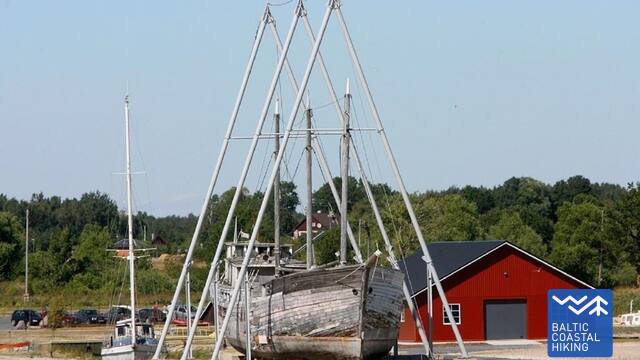
|
An exhibition about the culture of local shipping and ferry traffic to/from Saaremaa Island. |

|
A plank-way path with a birdwatching tower. |
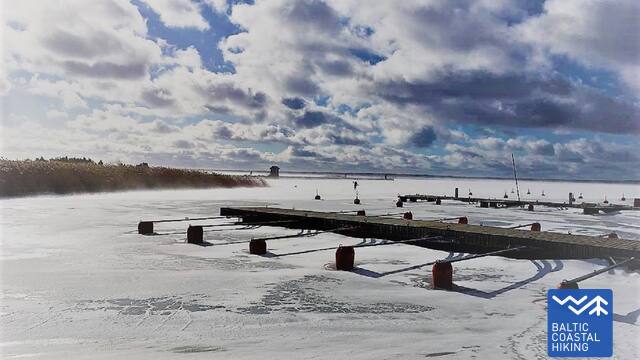
|
Orjaku Harbour has 40 berths and can accommodate five caravans. The harbour is located near a nature reserve. It has been a fishing spot since as early as the 17th century. In 1912, the Russian government started construction works to turn the harbour into a naval base for the mine laying fleet of the Imperial Russian Navy.
In summer, there is a café and village centre open in the harbour, where you can get acquainted with exhibitions, purchase local handicrafts, use the public internet, and ask for tourist information about Hiiumaa sights and events.
There are several hiking trails near the harbour. The area is also popular with birdwatchers.
|

|
Rocky horn reaching into the sea. |

|
This wool factory has operated since 1860. |










